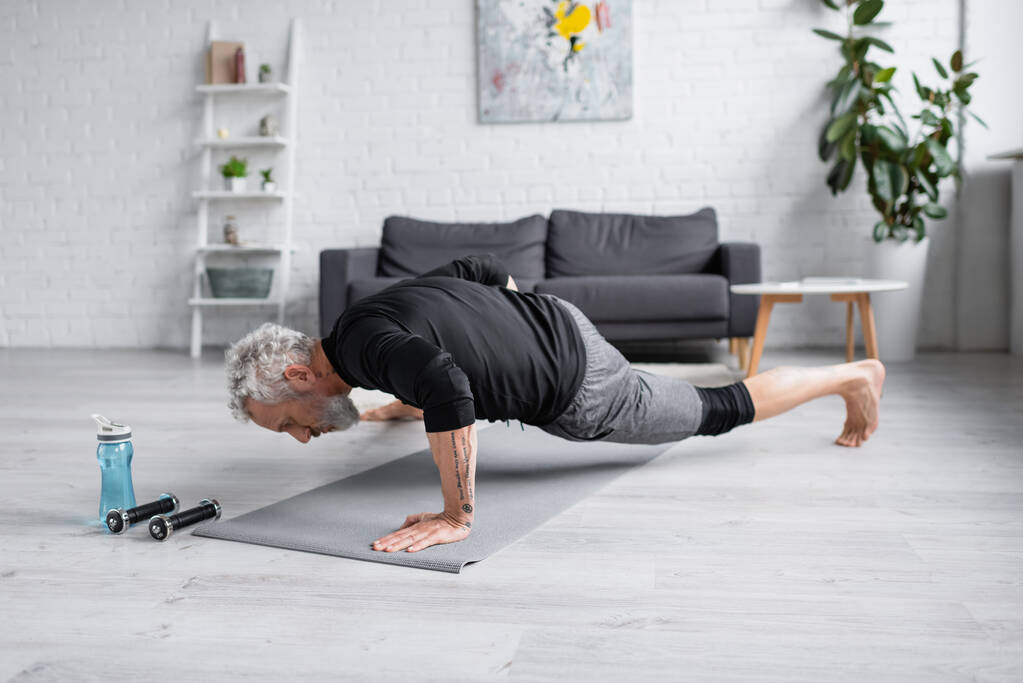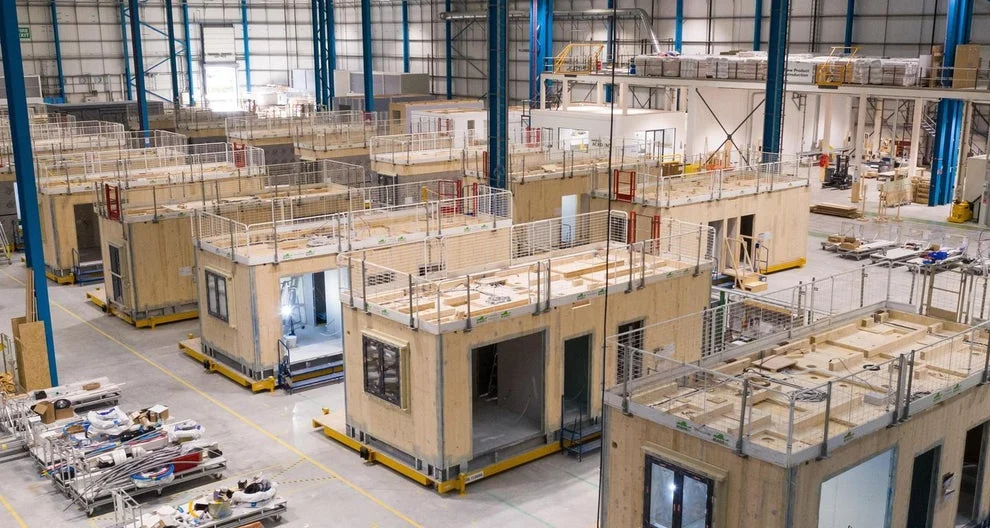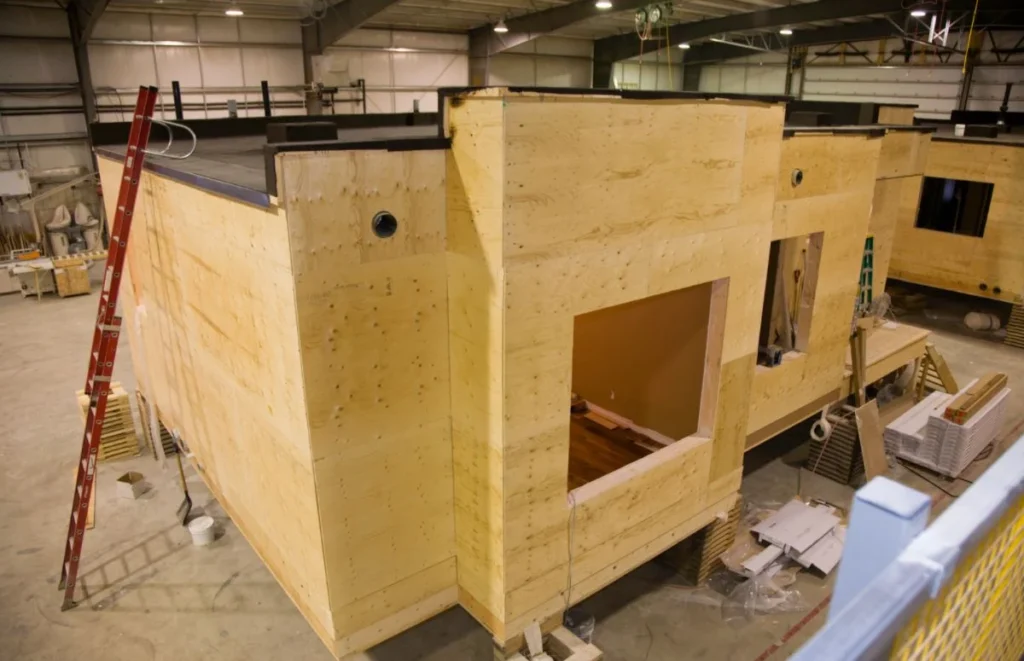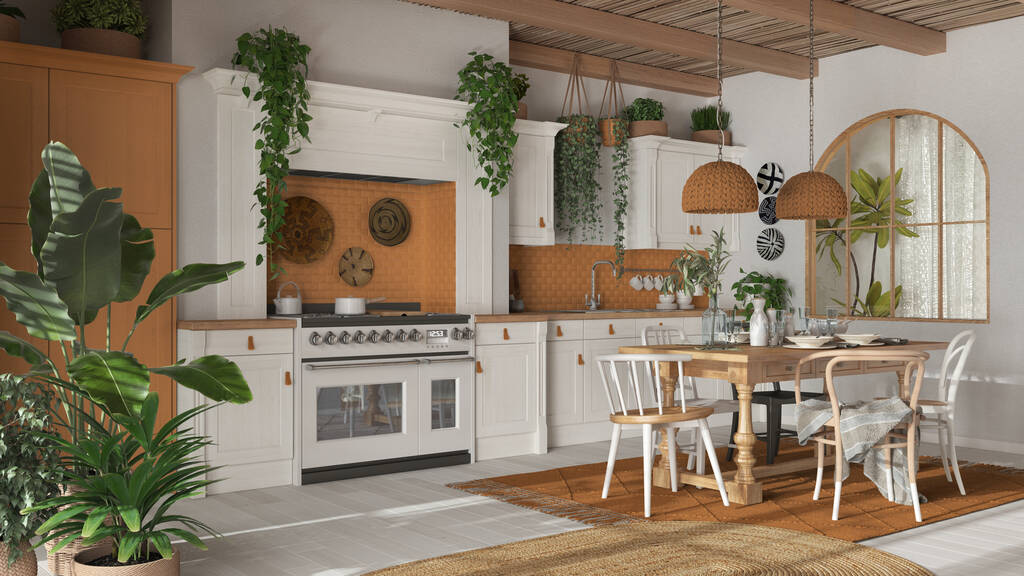Physically active life, as for old age, disabled, or seniors, helps stay healthy. A range of adaptations is present for adaptive exercises in order to address different ability ranges, hence benefitting the benefits of movements towards all.
Tailored exercises could help with increasing mobility or lifting a person’s mood, or indeed improving general well-being.
Definition of Adaptive Exercise
Adaptive exercise modifies typical movements to an individual’s ability. It helps people with many different levels of abilities, whether it is related to limited mobility, chronic conditions, or certain disabilities. Instead of the “one size fits all” approach to exercises, adaptive exercise considers elements such as strength, endurance, and flexibility with a minimal injury risk.
This is not just physical fitness. It is about giving people opportunities to feel empowered and independent of and connected to their bodies. A proper exercise program has been known to bring back confidence in one’s physical capabilities as a result of functional movements that are allowed to permeate their daily lives.
Benefits of Adaptive Exercise for Seniors and People with Disabilities
Exercise is good for everyone, but for the elderly and people with disabilities, it can be a life-changer. Here are some of the key benefits:
Improved Mobility and Flexibility: Movement helps keep joints flexible and muscles strong, lowering the risk of stiffness or immobility.
Mental Health Enhancement: Physical activity has been known to reduce symptoms of depression and anxiety, thereby giving a feeling of accomplishment and boosting mood.
Better Cardiovascular Health: Adaptive exercises can be customised to aid in enhancing heart health without much strain.
Social Connection: Adaptive exercise through groups or classes may offer a context for social contact, thus reducing the sense of isolation.
Types of Adaptive Exercise Programs
There are several forms of adaptive exercises. They can be chosen according to different needs and preferences. Here are a few popular options:
Seated Exercises
Those who may have limited mobility can still have a full-body workout by balancing their muscles with stability. Chair yoga, resistance band stretches, and seated tai chi are all excellent choices that enhance flexibility and balance.
Aquatic Exercises
Aquatic exercises are best suited for those with joint pain or reduced mobility as it involves low-impact movement when performed under water. Being under water creates natural resistance to make the muscles stronger and increase circulation.
Mild Strength Training
Lightweight dumbbells or resistance bands can be used to build muscle strength safely. Controlled movements are emphasised so that exercises are done within an individual’s capability.
Adaptive Yoga
Yoga can be adapted to suit different physical needs. Props such as blocks and straps can be used to support poses. Adaptive yoga helps in relaxation, balance, and core strength.
Walking or Assisted Movement
Even for those capable of walking, a few daily steps can significantly help. To others, use of mobility assistance aids may support their circulation as well as mobilise the joint.
Creating a Routine That Works
Designing an adaptive exercise routine requires a cautious approach toward the person’s needs, goals, and limitations. Exercises can be designed with the help of health professionals such as physiotherapists or occupational therapists, so the activities are both safe and effective.
Some Tips to Create a Routine
Start Slow: The individual starts with light activities, ascertains comfort levels, and gradually increases endurance.
Focus on Enjoyment: The person should enjoy doing activities, thus motivating them and ensuring consistency.
Monitor Progress: Watch for improvements in mobility, strength, or energy levels to be motivated.
Keep Consistent: Consistency leads to the gains of exercise. Even small and regular efforts result in significant changes over time.
Overcoming Exercise Barriers
Many adaptive exercises have more than one benefit, yet there are barriers: a lack of accessibility, the fear of injury, and not knowing how to start. Most of these can be easily overcome with guidance and resources.
Accessibility: Seek community centers or gyms that have adaptive equipment and programs designed for seniors or those with disabilities.
Professional Support: Seeking certified trainers specialising in adaptive exercise can help ease concerns and safety.
Motivation: Setting attainable goals and celebrating small achievements can help to keep the participant motivated about exercise.
Why Education and Training Matter
Most of the time, adaptive exercise would require some highly specialised knowledge of the subtle. A certificate 3 in aged care and disability will enable qualified professionals to give proper advice or make suitable workout plans for exercise among those that have varied requirements. Qualification will thus give caregivers and trainers the expertise they need to work with those they have to take care of physically, emotionally, etc.
Conclusion
Adaptive exercise routines, therefore, open the gates for better health, independence, and quality life among seniors and any other individual suffering from impairments. As a result, accepting whatever activities will work well for them will change them both physically and mentally.
The idea is to find a routine, whether it is gentle yoga, water therapy, or seated exercises, that really speaks to the individual. From there, the right guidance and determination will be able to help master movement and all its strong empowering benefits.











